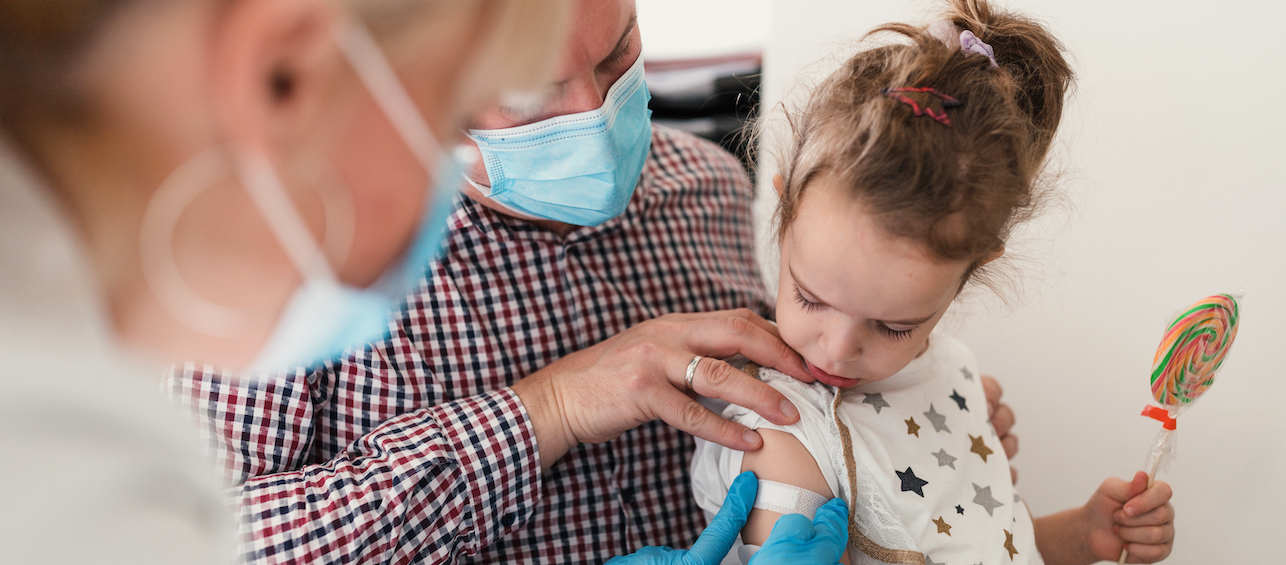Along with sleepless nights, diaper changes and loads and loads of tiny laundry, new parents will eventually have to deal with their baby getting sick.
One of the most common respiratory illnesses new parents encounter is bronchiolitis, which 90 percent of kids under the age of two will get at least once.
Bronchiolitis comes in a wide spectrum of severity. For some children the symptoms will be nothing more than what they encounter with the common cold. For others, bronchiolitis can cause a lack of oxygen in their system or poor feeding leading to dehydration requiring emergency care.
Bronchiolitis is one of the top reasons babies and young toddlers are treated in our emergency department and in some cases admitted to the hospital. Still, many new parents have probably never heard of it.
What is Bronchiolitis
Bronchiolitis is a respiratory illness due to viruses that initially causes cough, congestion and sometimes fever, followed by rapid breathing, wheezing, persistent cough and poor feeding. Typically, bronchiolitis seems like a cold for the first three to four days, but then it can become more serious. That’s when you may notice your child start to wheeze and have faster breathing. The wheezing lasts seven or more days, and the cough can take two to three weeks to resolve.
Infants are more susceptible to breathing issues caused by congestion because they breathe almost entirely through their noses. If their nasal passages are clogged it takes more effort to get oxygen in the body.
Treatment
Bronchiolitis comes from a virus, so unfortunately there is no medication that can get rid of it. The most common cause is RSV, also known as Respiratory Syncytial Virus, but many other viruses cause similar symptoms. Keeping your child hydrated and working to get the mucus out of their nose before naps and feedings are the best ways to alleviate the symptoms.
Whether you use a bulb syringe or Nose Frida, you’ll want to add saline drops to your child’s nose before you start the sucking process. This will help loosen the mucus so you can get as much out as possible. I caution parents not to overuse the sucking tools because that can lead to irritation and swelling in the nostrils.
When to Seek Medical Attention
For premature babies and those in the first two months of life an illness like this can be very serious. Bronchiolitis can cause young babies to stop breathing for short periods of time. Pauses in breathing greater than 15 to 20 seconds can be the first sign of illness.
Signs of difficulty breathing in bronchiolitis can be mild
The symptoms of bronchiolitis often get worse as time goes on. Signs of a child who should be evaluated include retractions (sucking in of the skin below and around the ribs and in the neck above the collar bones), nasal flaring (when the nostrils enlarge during breathing) and grunting.
Those breathing issues compounded with poor feeding can lead to the need for a child to be admitted to the hospital due to low oxygen levels and/or dehydration. Any infant who appears to be tiring, stops breathing, has blue or pale skin should be evaluated immediately.
To be safe, if you have a baby who is two months old or younger and showing signs bronchiolitis have them checked by your pediatrician as soon as possible.
Babies are built to breathe faster than older kids, but when their breathing becomes too fast it’s time to seek medical care. To find out if your baby is breathing too fast you should count their respiratory rate. In other words, count how many times they’re breathing per minute. Make sure your child is calm and doesn’t currently have a fever when you count the breaths to ensure you get an accurate reading.
There is reason to be concerned if your child is breathing consistently more than 70 times per minute. An increased breathing rate, along with a baby who is not eating as much as they normally do, is reason to bring them to the emergency department.
Here is an example of my middle son when he had bronchiolitis. Watch the video with sound and to learn how I counted his respiratory rate and other symptoms to watch for. He is in second grade now and doing just fine.
You may have seen tools you can buy online called pulse oximeter monitors, which are supposed to measure the oxygen in your child’s blood. Unfortunately, the information they provide is not always accurate, and doesn’t assess the risks of the illness.




